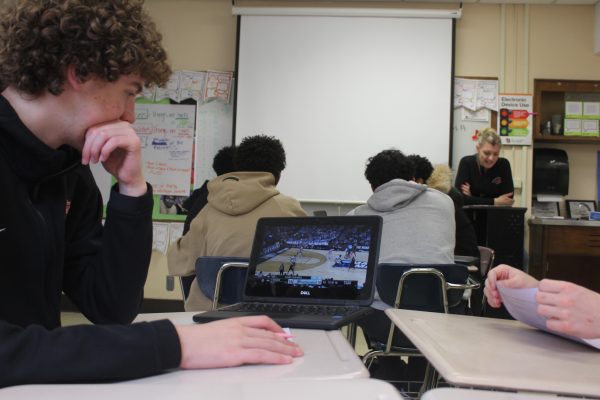Removal of check-ins prove advantageous
Allows for more useful worktime
February 5, 2021
Since the beginning of second semester, when all asynchronous check-ins were made optional, I and many other students have noticed considerable changes in and out of the classroom.
Removing mandatory check-ins was an excellent decision by administration, as it allows for students to work freely during asynchronous periods. In some cases last semester, check-ins took longer than five minutes, which cut the time allotted to work on the intended assignment that day.
Having a shorter time period to finish assignments made asynchronous times less appealing, as I’d rather start and finish assignments at the same time, instead of working on it for a period of time and stopping to attend my next class. Also, longer check-ins took away from the idea of having asynchronous time in the first place, which was frustrating.
Now that asynchronous check-ins are optional, I can go directly from my previous class’ meeting to my assignment, where I have the full period to get the assignment done instead of going back and forth between work and class time.
Since students will be switching over to hybrid learning starting Feb. 22, for grades nine and 12 and March 8 for grades 10–11, a serious question arises — how will students be able to stay engaged virtually while their peers are learning in person?
Now that check-ins are optional, teachers will be staying on the class link in case any students need help or assistance with classwork. Students who plan to stay in distance learning can also set up meetings with their teachers on Student Support Time to receive assistance.
Although some minor issues might arise from making asynchronous check-ins optional, students will benefit from this choice and will be more motivated to work on assignments during asynchronous periods.














